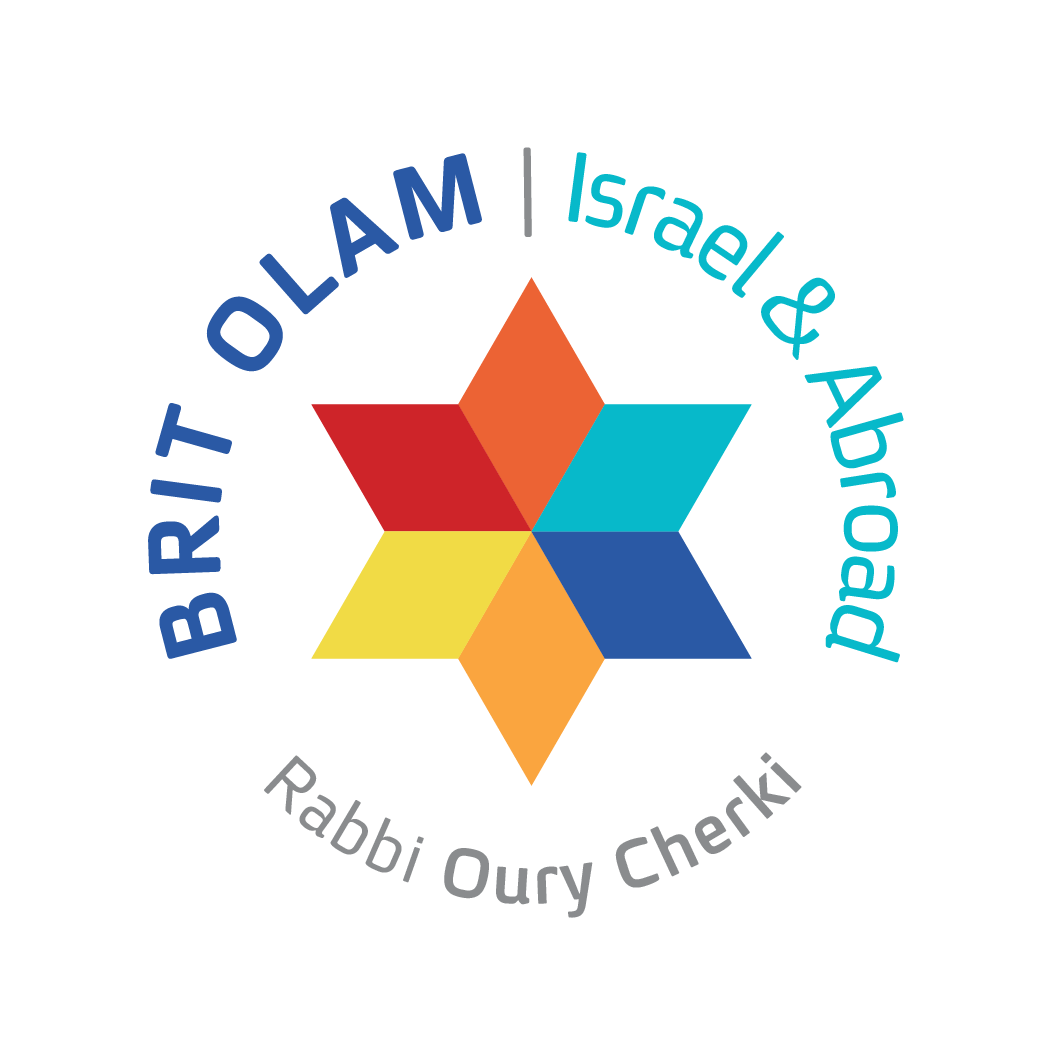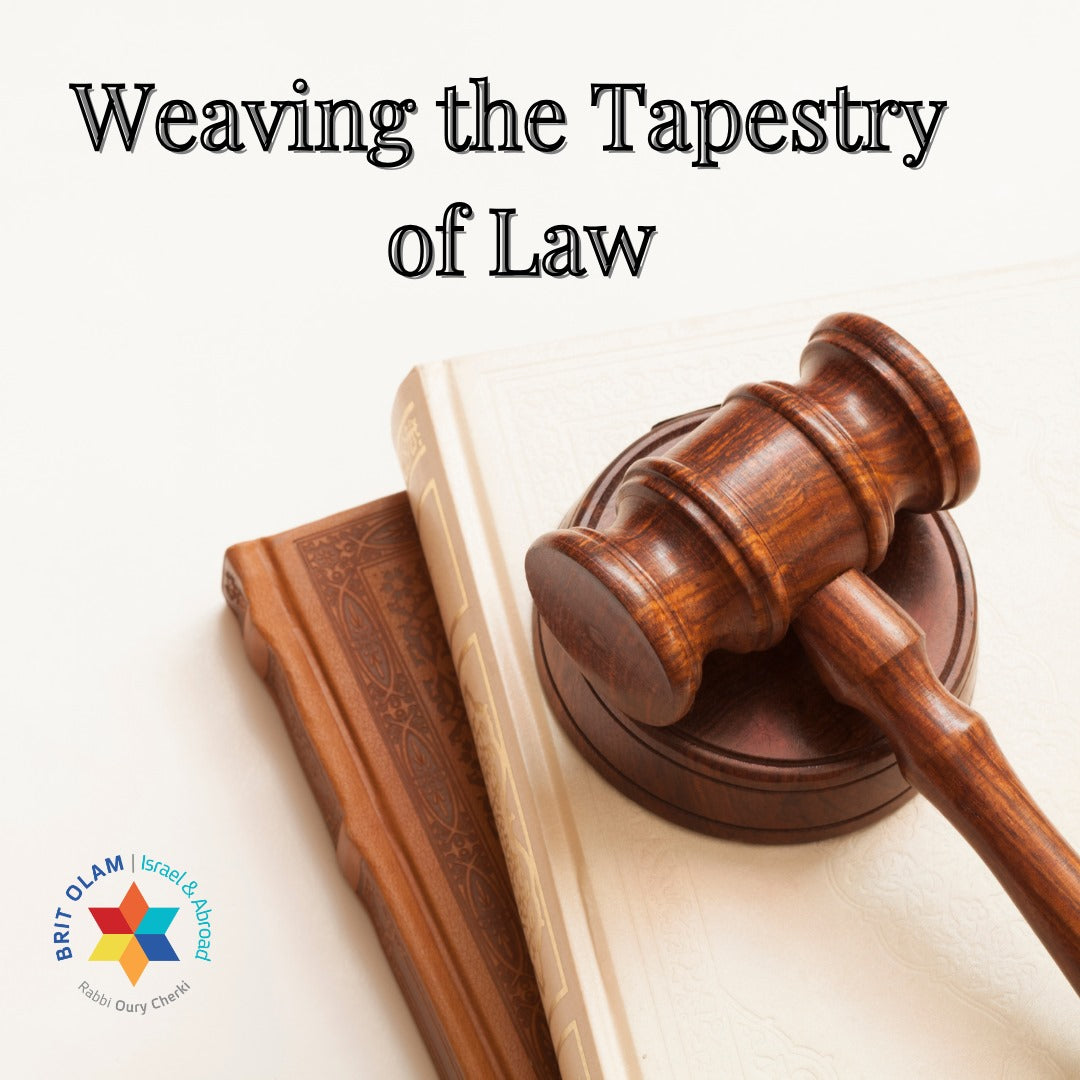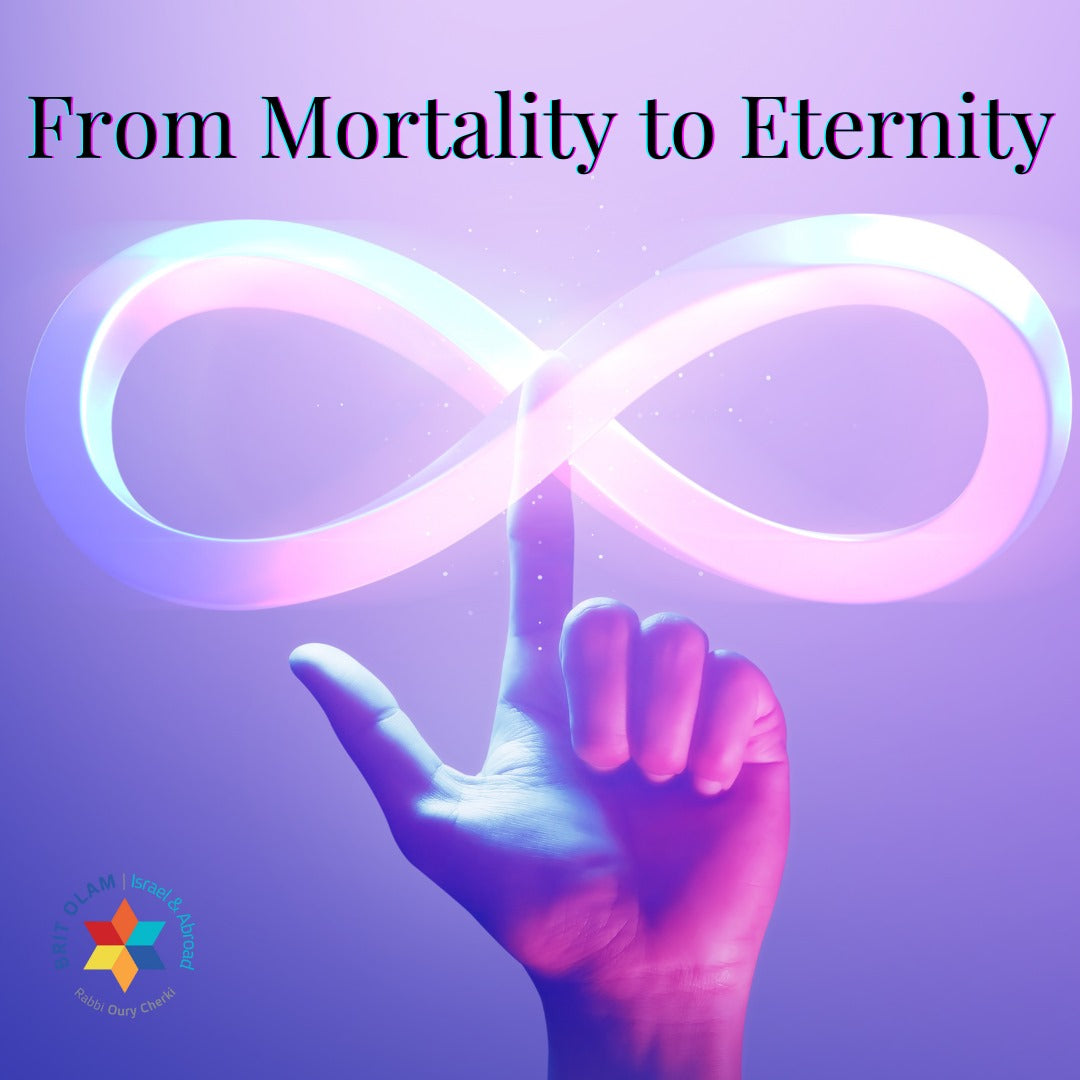Shalom and greetings to all our Noahide friends worldwide. Happy Sukkot!
This holiday is different from all the Jewish holidays in that it is pastoral. There is much greenery in it. The four species that we take during this holiday, as well as the sukkah itself, made of natural materials, and the Temple ceremony of drawing the spring water – Simchat Beit Hashoeva; all these things are expressions of the unity of the Jewish soul with nature.
We are not very good at this since it seems that Jews tend to fear nature. They are afraid of the experiential aspects, often paganistic, associated with it. Therefore, on Passover, for example, we refrain from eating leavened bread. On Shavuot, we do not sleep all night; on Rosh Hashanah, we do not sleep the entire day. Finally, Sukkot is a regular holiday where we can sleep and connect with the natural pastoral joy of nature.
How do we achieve this? After we have already gone through the process of rectifying our sins and purifying ourselves from the evil inclination through the Days of Awe of Rosh Hashanah and Yom Kippur, we are sure that our encounter with nature will not, God forbid, lead a person morally astray. Instead, the experience should elevate the person, uplifting them along with nature. Consequently, this is why Sukkot also has a significant universal dimension.
The nations of the world are more sensitive to the holiness in nature, as explained by one of the great leaders of the nation, Rabbi Kook of blessed memory, who explained that the holiness in nature belongs specifically to the nations of the world. In contrast, the holiness that transcends nature belongs to the people of Israel. And behold, on Sukkot, there is reconciliation between the two types of holiness: the holiness above nature and the holiness within nature. Therefore, the prophets prophesy to us that in the future, people from all over the world will come to celebrate Sukkot, especially in the Holy Temple in Jerusalem. The Jews would offer 70 bulls to atone for the 70 nations of the world. Sukkot is a universal holiday that brings us together with all of humanity, reconciling the holiness above nature with the holiness within nature, and wishing a joyful holiday to all of us.
A full E-Book on Holliness & Nature - you can find here.



